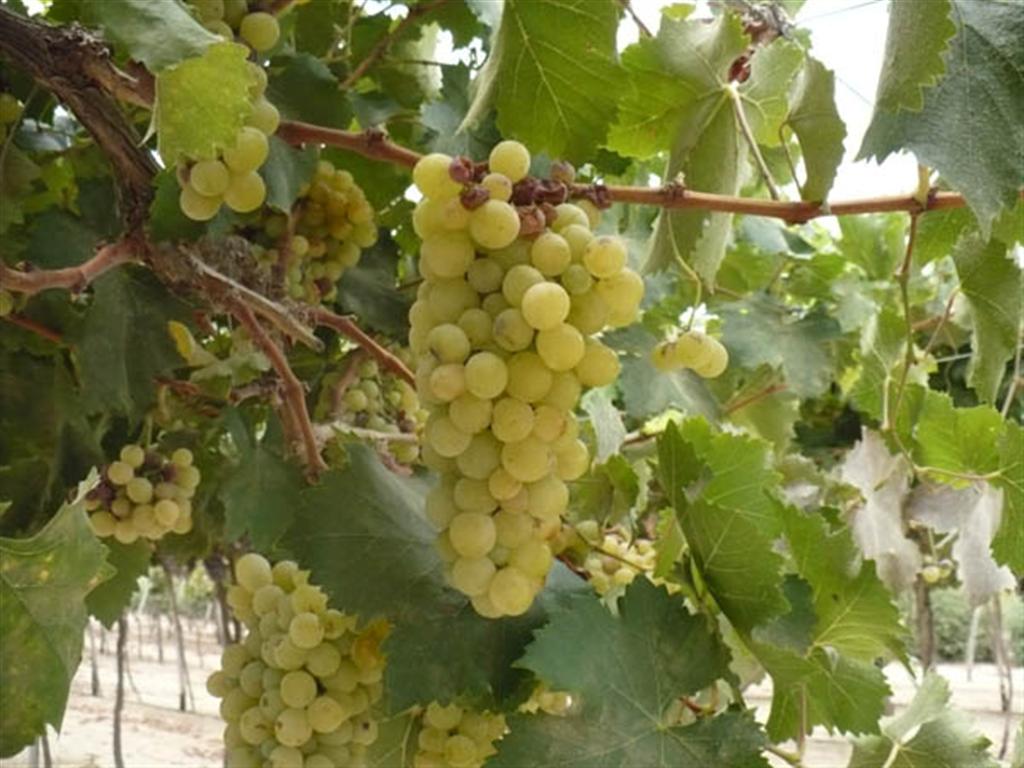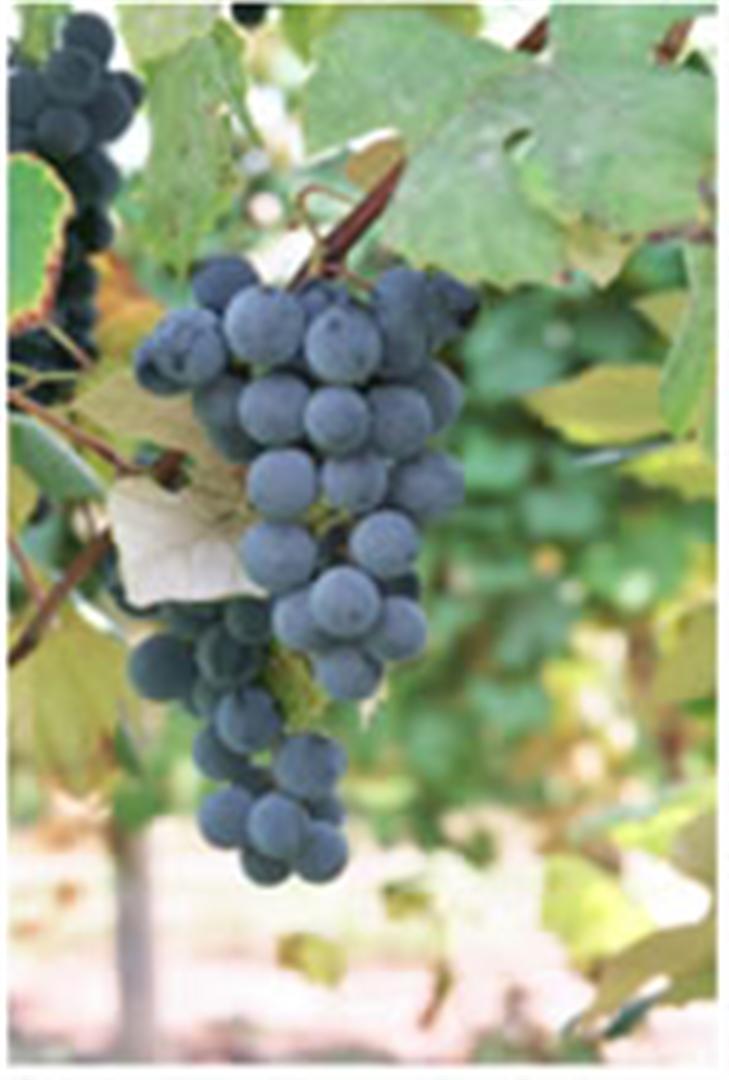The department of Moquegua, located in the extreme southern area of Peru, consists of three provinces: Ilo, Mariscal Nieto and General Sánchez Cerro. The department was created by law on April 3, 1936 and its area is 15,813.46km. The capital is the city of Moquegua. Its territory adjoins the departments of Arequipa, Puno and Tacna, as well as the Pacific Ocean. Its coastal belt consists mostly of deserts along the Pacific Ocean.
3, 1936 and its area is 15,813.46km. The capital is the city of Moquegua. Its territory adjoins the departments of Arequipa, Puno and Tacna, as well as the Pacific Ocean. Its coastal belt consists mostly of deserts along the Pacific Ocean.
The weather is mild along the coast, and mild and cold in the Andean region. The production in the valleys is abundant, especially in those valleys that are bathed by the Tambo, Torata and Moquegua-Osmore Rivers. These valleys are rich in the following agricultural products: olives, vines, wheat, corn and potato. Under the rule of the Inca Mayta Capac, this region was part of the Inca Reign, and was populated by mitimaes “which the Inca brought from the highlands in order to punish the resistance that was built up against them in this region.”
During colonization the region became famous for its wines and Piscos. The population, originally known as Santa Catalina of the Moquegua Valley, was recognized as the principal population center in the valley by the Viceroy Marques de Guadalcazar in 1625 when the town was given the name of Village of Santa Catalina de Guadalcazar of the Moquegua Valley. In 1765 in the book by Cosme Bueno, it is called the Village of Moquegua.
According to Vásquez de Espinosa, a Carmelite friar and Chronicler of the early 17th Century, the valley was well known as being “abundant and plentiful” so “well supplied and rich” that “it seems like Paradise.” In the year 1714 the French traveler Amedee Frezier, a fortification engineer, visited the Moquegua valley and states the following in his observations. “There [in Moquegua] is an important commercialization of wine and firewater that is transported to the high plateau, that is to the mountains. It is incredible that in a terrain as small as this, every year around 100,000 bottles are harvested, which results in 3,200,000 Parisian pints, which when sold at 20 reales per bottle, makes 400,000 pesos.”
Moquegua became, by the middle of the 18th Century, an obligatory stop for travelers who were heading from the port of Ilo to the mountains, which brought about the flowering of the city’s commercial industry. The city’s alcoholic products became highly accepted in the mountainous region, not only because of the quality, but also because of the fact that the Moqueguan vineyard owners established a virtual monopoly over the commercialization of wines and firewaters. They did so through an extensive distribution network. Their products, especially their wines and grape firewater, were destined to satisfy the demand in cities such as Puno, Chucuito, La Paz, Oruro, and Potosí. And from these cities also reached Salta, Tucumán and Mendoza in the Buenos Aires Viceroyalty.
This priviledged situation was maintained during the 19th Century until a huge catastrophe affected the region. In 1868 an earthquake occurred which destroyed a large part of the city, ruining many of the wine and Pisco producing bodegas.
Luis Kuon Cabello states that the loss of wine and firewater was huge since giant “tinajas” or ceramic containers for the storage of these beverages were destroyed. This fact, combined with the innumerable material losses, brought many Moquegua families to ruin. A decade later, after the city’s had recovered from the fierce battle with nature, Chilean troops occupied the city and the valley four times.
In effect, during the ill-fated War of the Pacific, Moquegua was occupied by the invaders and subjugated to mercyless depredations. When the war ended in 1884, Moquegua, which was previously prosperous and happy, had become a ruined coastal province which adjoined the territories occupied by Chile. Added to this misfortune, a terrible plague of phylloxera practically destroyed the Moqueguan vineyards a few years later.
Today Moquegua has recovered some of its past splendor, especially that which concerns its traditional crops of vines and olives. In regards to Pisco, we say that Moquegua has a great reputation for its Pisco. Its high quality is due not only to the excellent production of vines in the region, but also because it is the result of the care and the way in which Moqueguans have preserved their traditional methods of producing Pisco.
* * *These testimonies speak of the propicious conditions that runs through the vineyards of this region, which along with the unbeatable climate and soil conditions, especially along the coastal area, combine with the strength, effort and labor of the region’s inhabitants. The vineyards began to establish themselves in the sandy soils of the Peruvian coast as well as in the daily lives of the region’s people, and resulted in the fruit of the unique Peruvian beverage: Pisco.
Taken from: Chronicles and Accounts which refer to the Origin and Virtues of Pisco, Traditional Beverage and Heritage of Peru
Banco Latino 1990
Lima Perú
Translated by Katrina Heimark
Pisco bilingual magazine
 3, 1936 and its area is 15,813.46km. The capital is the city of Moquegua. Its territory adjoins the departments of Arequipa, Puno and Tacna, as well as the Pacific Ocean. Its coastal belt consists mostly of deserts along the Pacific Ocean.
3, 1936 and its area is 15,813.46km. The capital is the city of Moquegua. Its territory adjoins the departments of Arequipa, Puno and Tacna, as well as the Pacific Ocean. Its coastal belt consists mostly of deserts along the Pacific Ocean. The weather is mild along the coast, and mild and cold in the Andean region. The production in the valleys is abundant, especially in those valleys that are bathed by the Tambo, Torata and Moquegua-Osmore Rivers. These valleys are rich in the following agricultural products: olives, vines, wheat, corn and potato. Under the rule of the Inca Mayta Capac, this region was part of the Inca Reign, and was populated by mitimaes “which the Inca brought from the highlands in order to punish the resistance that was built up against them in this region.”
During colonization the region became famous for its wines and Piscos. The population, originally known as Santa Catalina of the Moquegua Valley, was recognized as the principal population center in the valley by the Viceroy Marques de Guadalcazar in 1625 when the town was given the name of Village of Santa Catalina de Guadalcazar of the Moquegua Valley. In 1765 in the book by Cosme Bueno, it is called the Village of Moquegua.
According to Vásquez de Espinosa, a Carmelite friar and Chronicler of the early 17th Century, the valley was well known as being “abundant and plentiful” so “well supplied and rich” that “it seems like Paradise.” In the year 1714 the French traveler Amedee Frezier, a fortification engineer, visited the Moquegua valley and states the following in his observations. “There [in Moquegua] is an important commercialization of wine and firewater that is transported to the high plateau, that is to the mountains. It is incredible that in a terrain as small as this, every year around 100,000 bottles are harvested, which results in 3,200,000 Parisian pints, which when sold at 20 reales per bottle, makes 400,000 pesos.”
Moquegua became, by the middle of the 18th Century, an obligatory stop for travelers who were heading from the port of Ilo to the mountains, which brought about the flowering of the city’s commercial industry. The city’s alcoholic products became highly accepted in the mountainous region, not only because of the quality, but also because of the fact that the Moqueguan vineyard owners established a virtual monopoly over the commercialization of wines and firewaters. They did so through an extensive distribution network. Their products, especially their wines and grape firewater, were destined to satisfy the demand in cities such as Puno, Chucuito, La Paz, Oruro, and Potosí. And from these cities also reached Salta, Tucumán and Mendoza in the Buenos Aires Viceroyalty.
This priviledged situation was maintained during the 19th Century until a huge catastrophe affected the region. In 1868 an earthquake occurred which destroyed a large part of the city, ruining many of the wine and Pisco producing bodegas.
Luis Kuon Cabello states that the loss of wine and firewater was huge since giant “tinajas” or ceramic containers for the storage of these beverages were destroyed. This fact, combined with the innumerable material losses, brought many Moquegua families to ruin. A decade later, after the city’s had recovered from the fierce battle with nature, Chilean troops occupied the city and the valley four times.
In effect, during the ill-fated War of the Pacific, Moquegua was occupied by the invaders and subjugated to mercyless depredations. When the war ended in 1884, Moquegua, which was previously prosperous and happy, had become a ruined coastal province which adjoined the territories occupied by Chile. Added to this misfortune, a terrible plague of phylloxera practically destroyed the Moqueguan vineyards a few years later.
Today Moquegua has recovered some of its past splendor, especially that which concerns its traditional crops of vines and olives. In regards to Pisco, we say that Moquegua has a great reputation for its Pisco. Its high quality is due not only to the excellent production of vines in the region, but also because it is the result of the care and the way in which Moqueguans have preserved their traditional methods of producing Pisco.
* * *These testimonies speak of the propicious conditions that runs through the vineyards of this region, which along with the unbeatable climate and soil conditions, especially along the coastal area, combine with the strength, effort and labor of the region’s inhabitants. The vineyards began to establish themselves in the sandy soils of the Peruvian coast as well as in the daily lives of the region’s people, and resulted in the fruit of the unique Peruvian beverage: Pisco.
Taken from: Chronicles and Accounts which refer to the Origin and Virtues of Pisco, Traditional Beverage and Heritage of Peru
Banco Latino 1990
Lima Perú
Translated by Katrina Heimark
Pisco bilingual magazine

 8.-How does CITEVID manage the area of the preparation of Pisco varieties?
8.-How does CITEVID manage the area of the preparation of Pisco varieties?